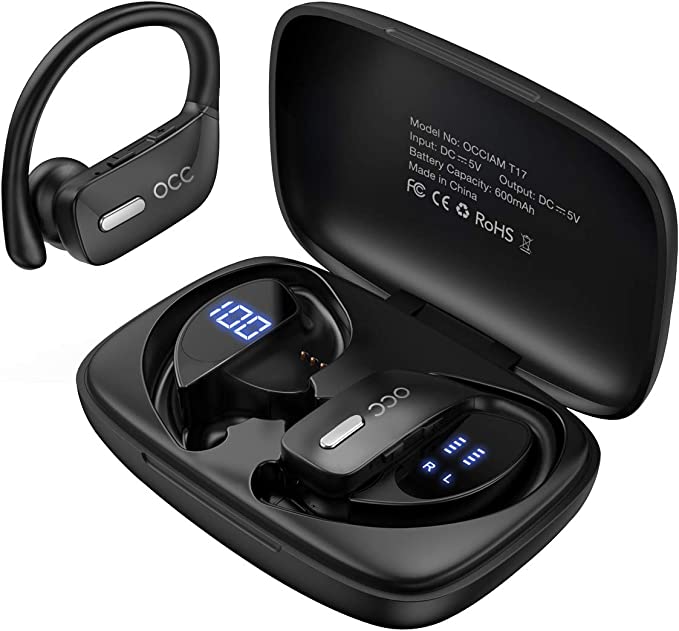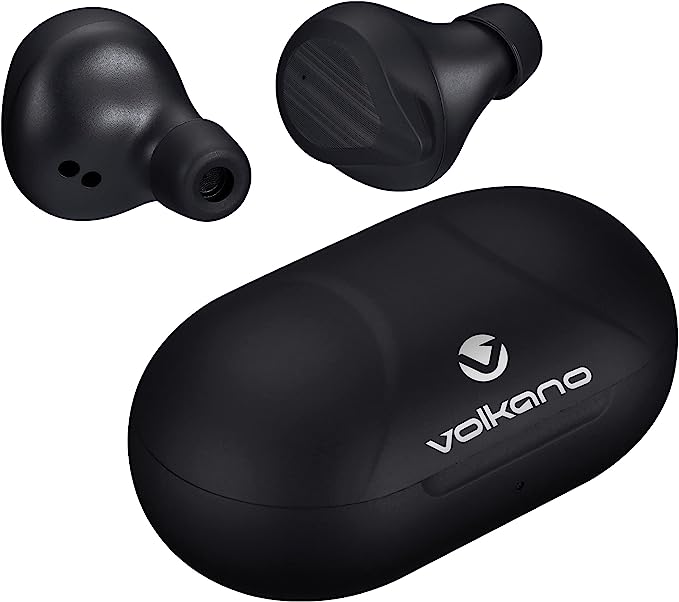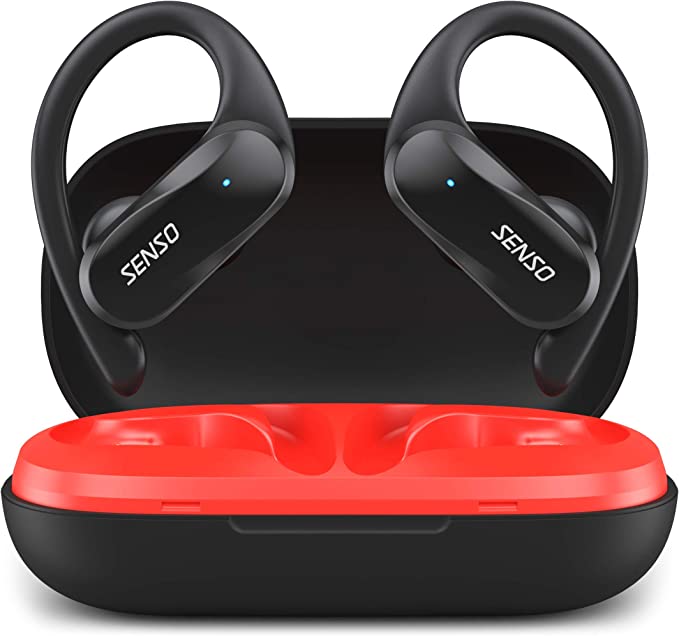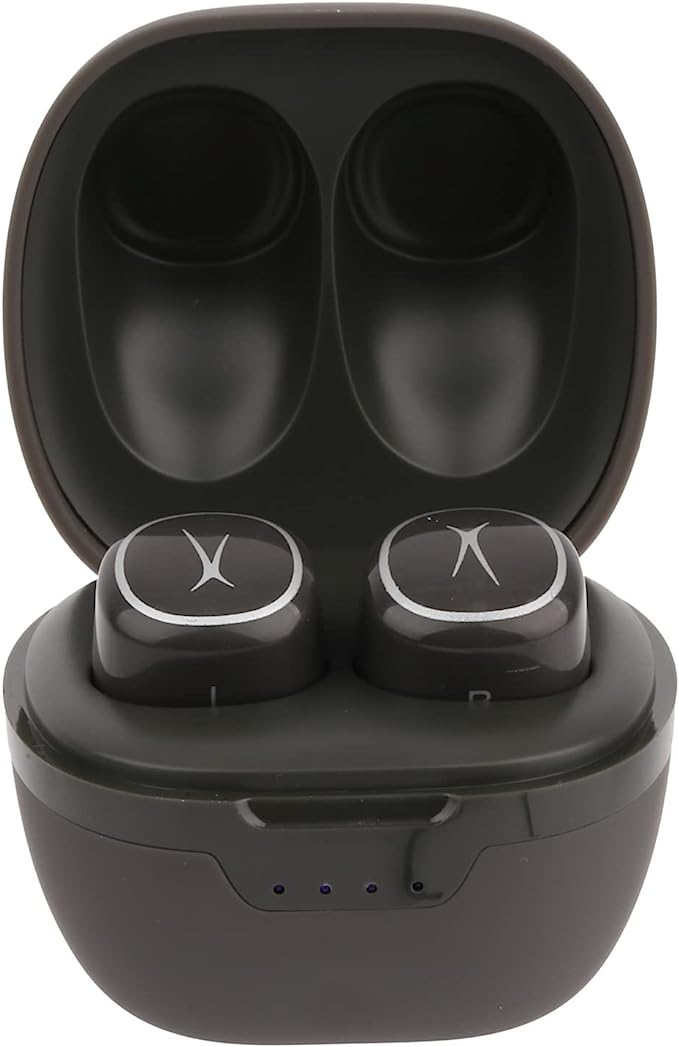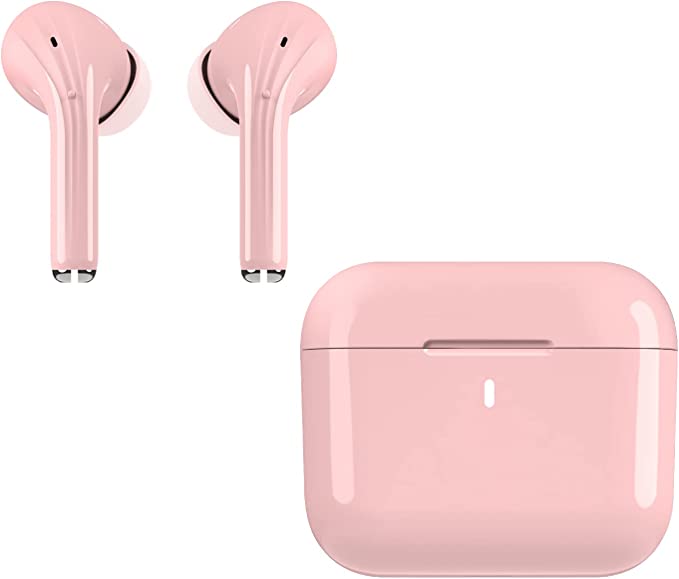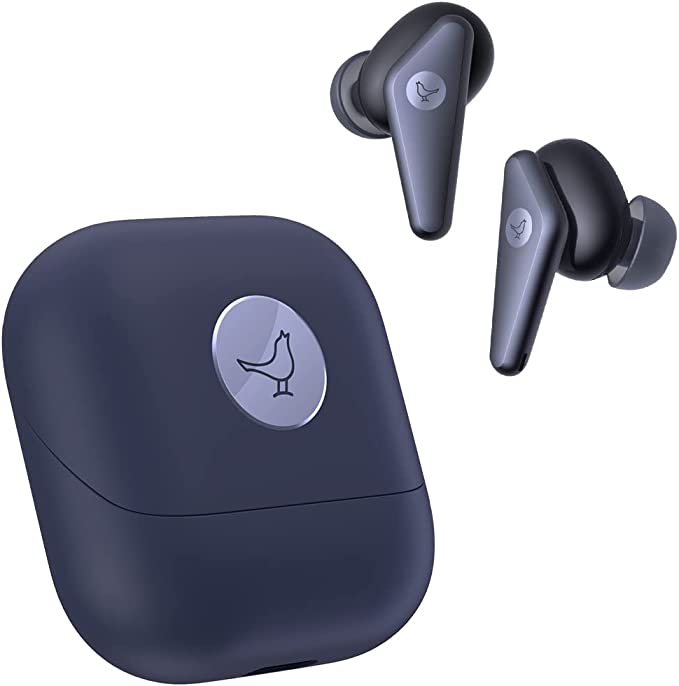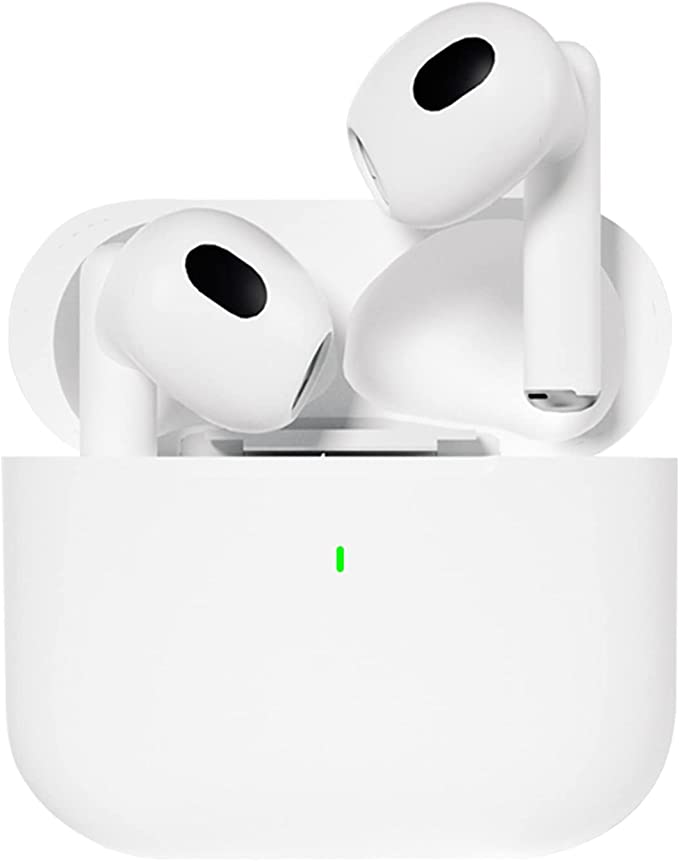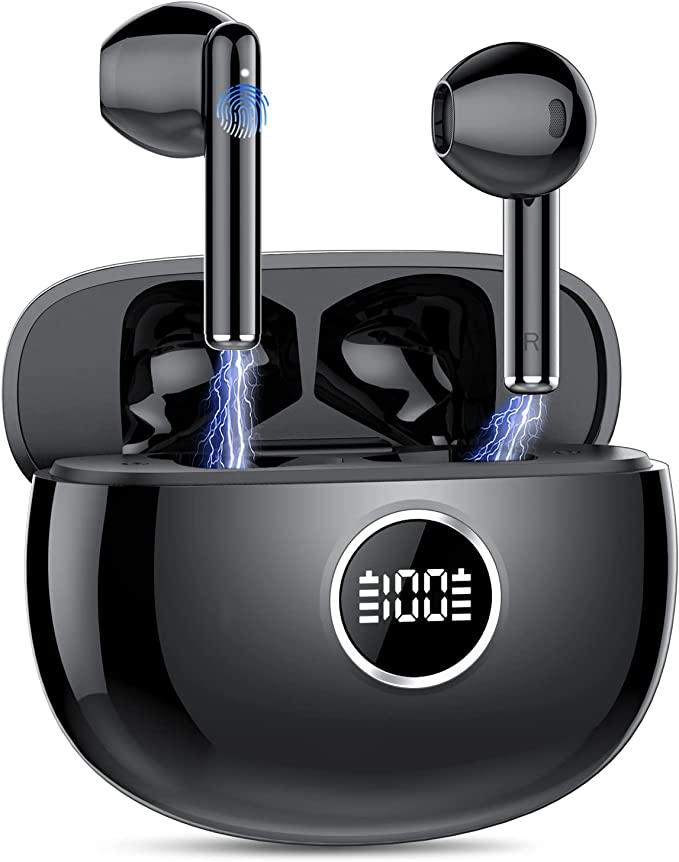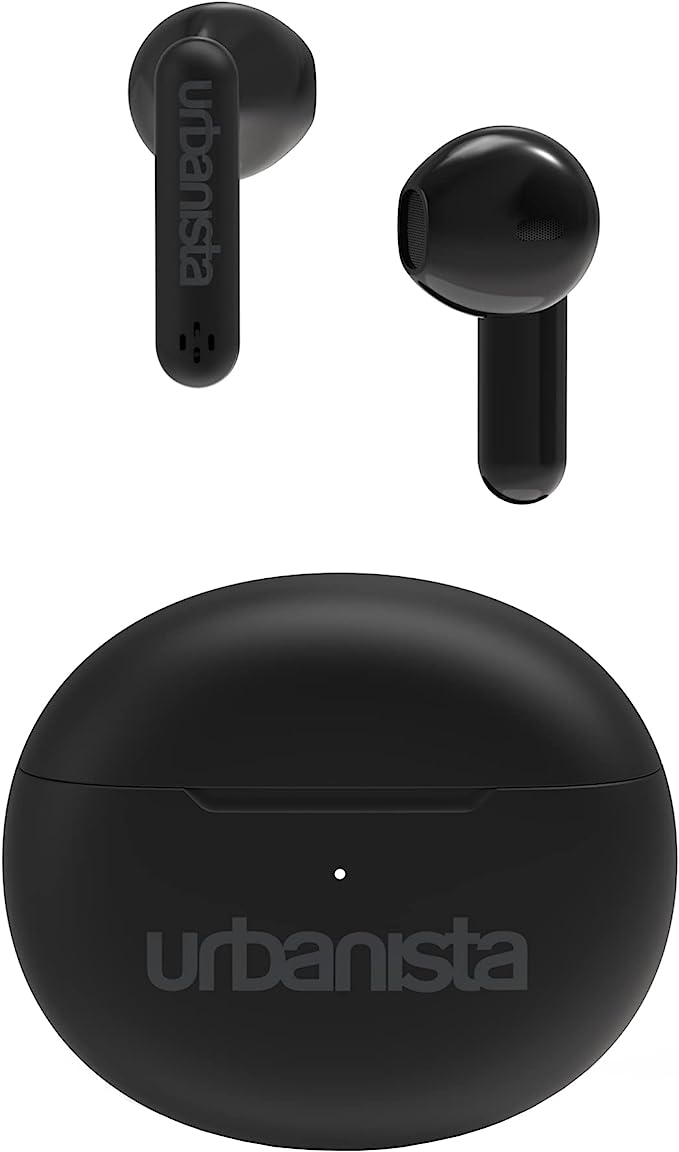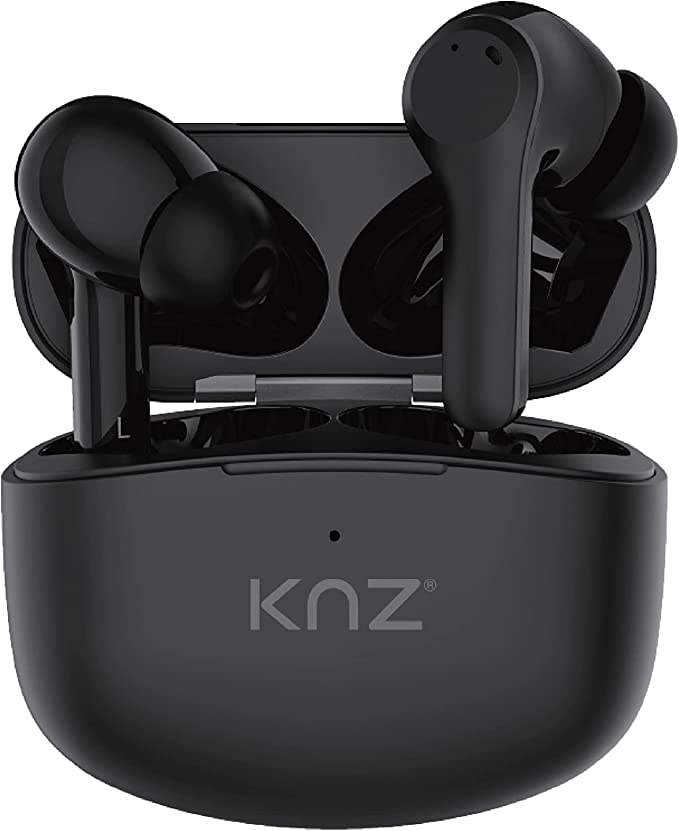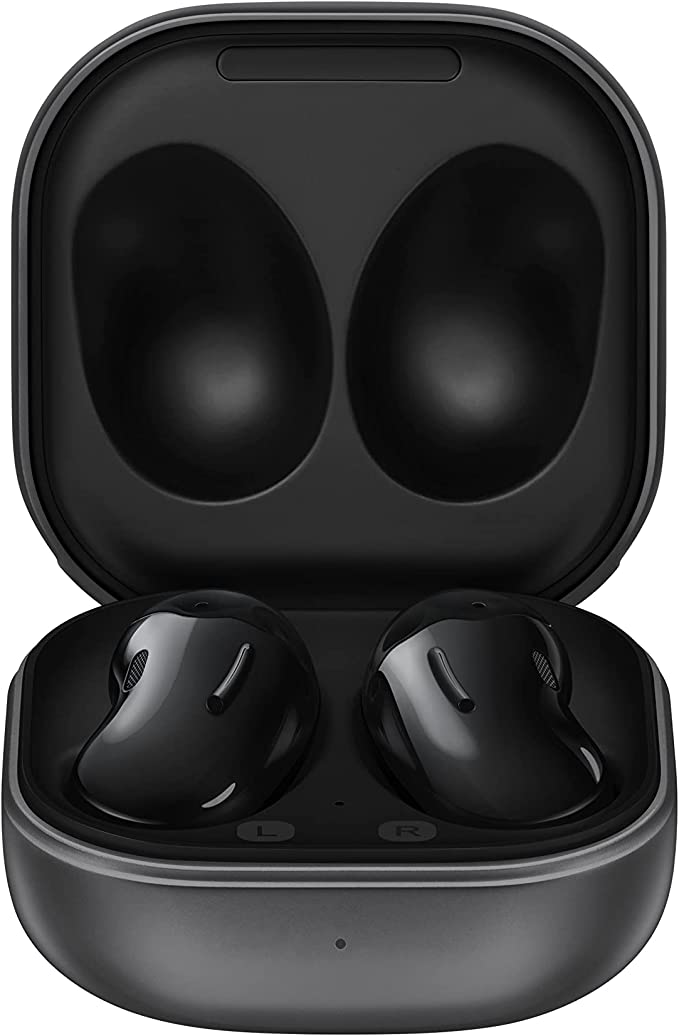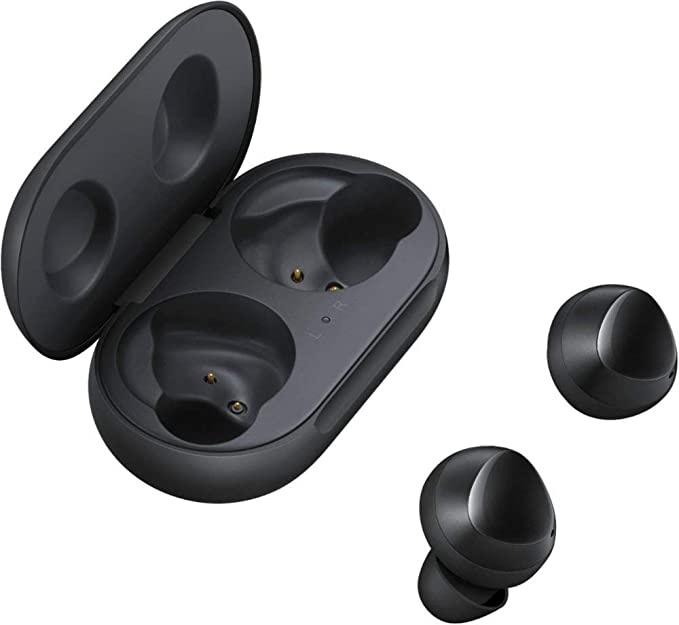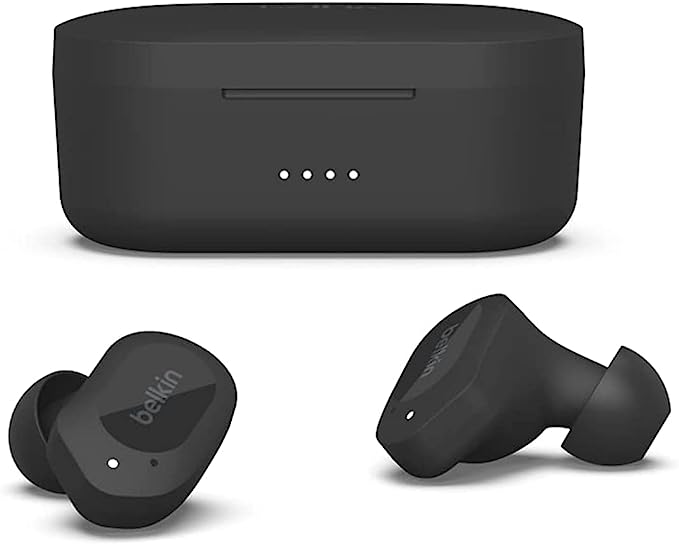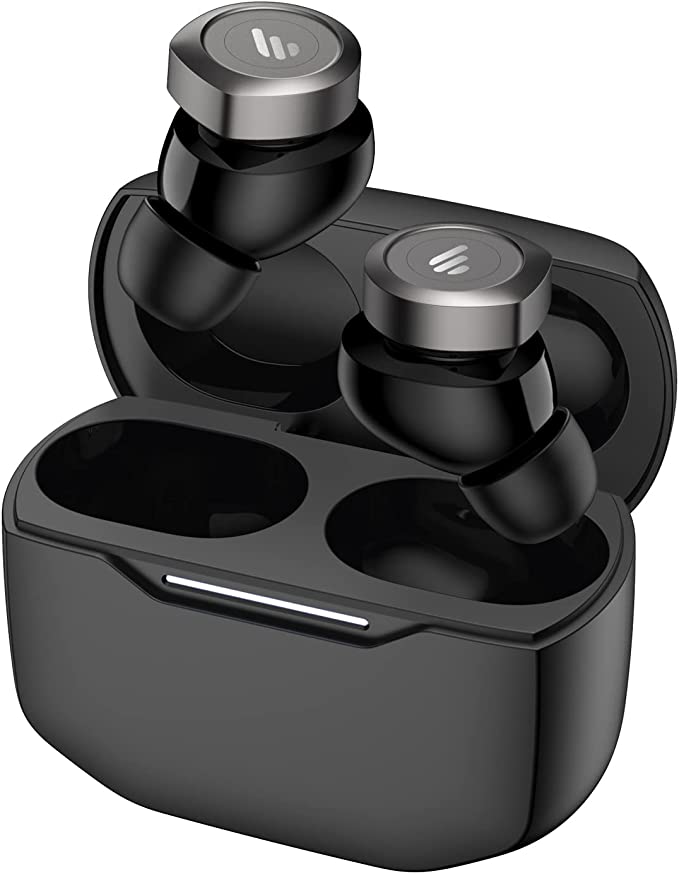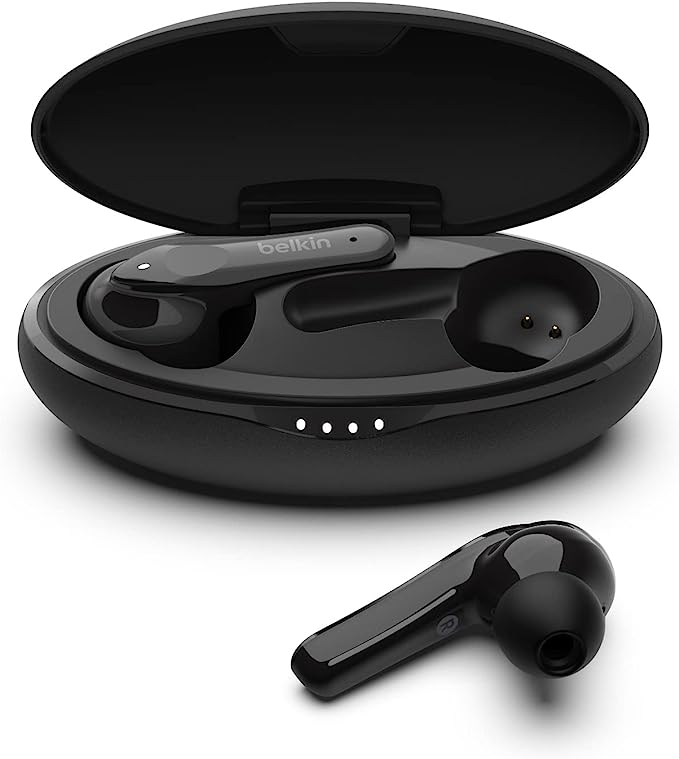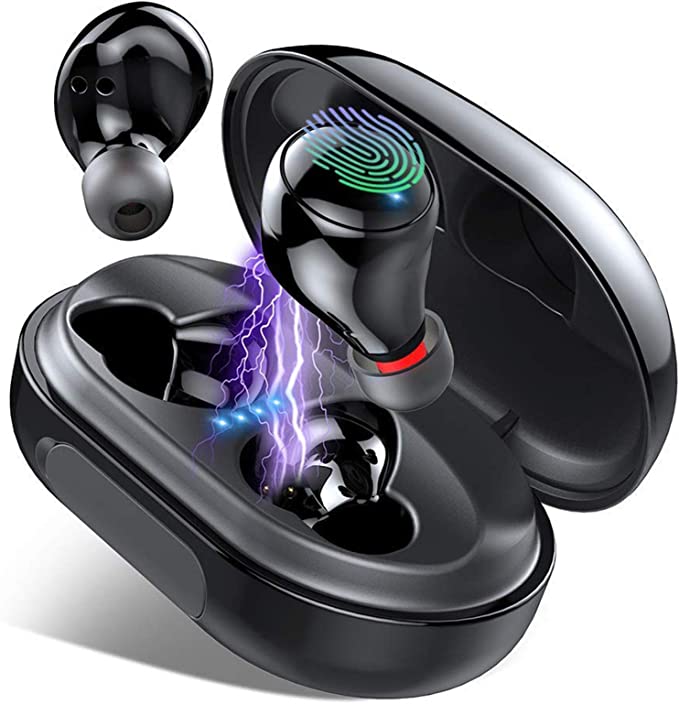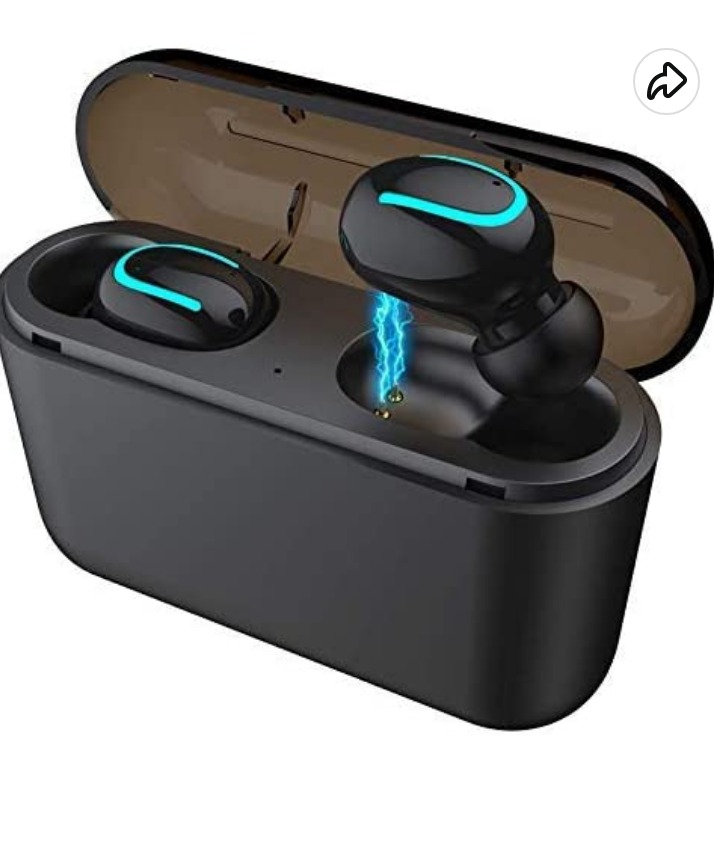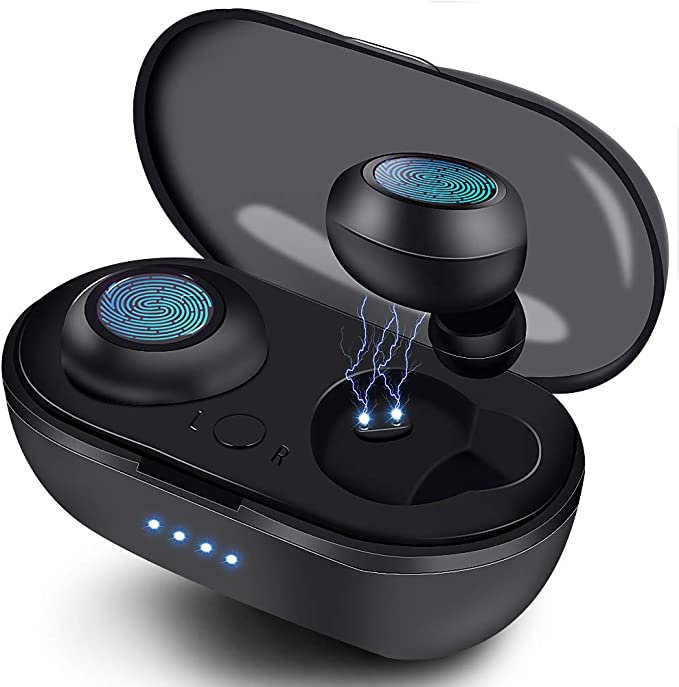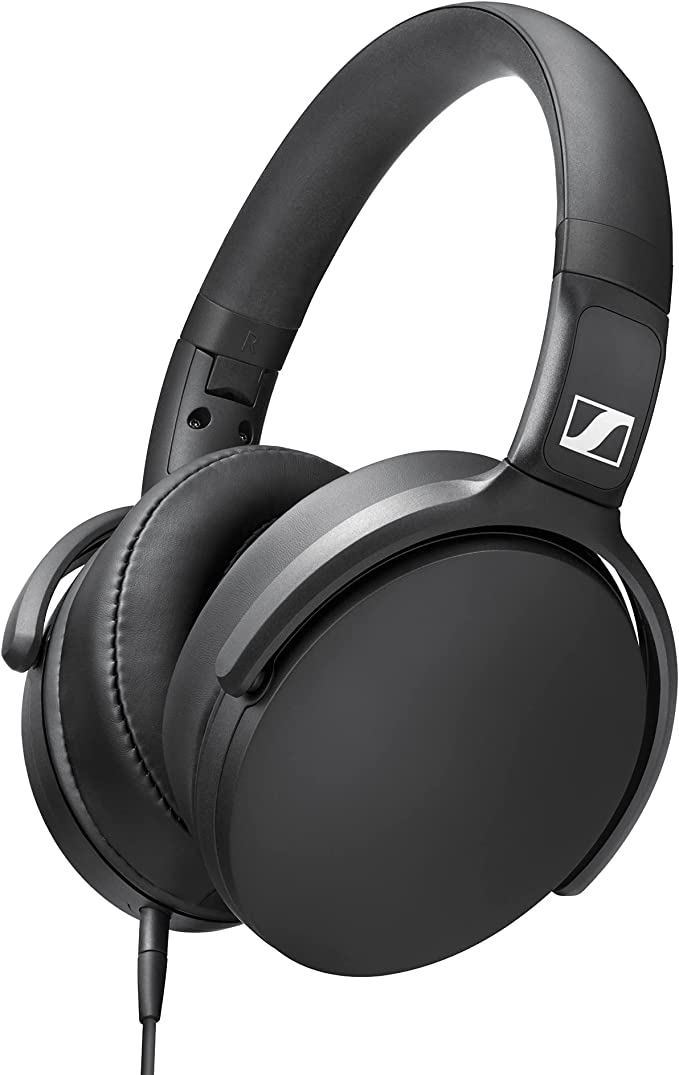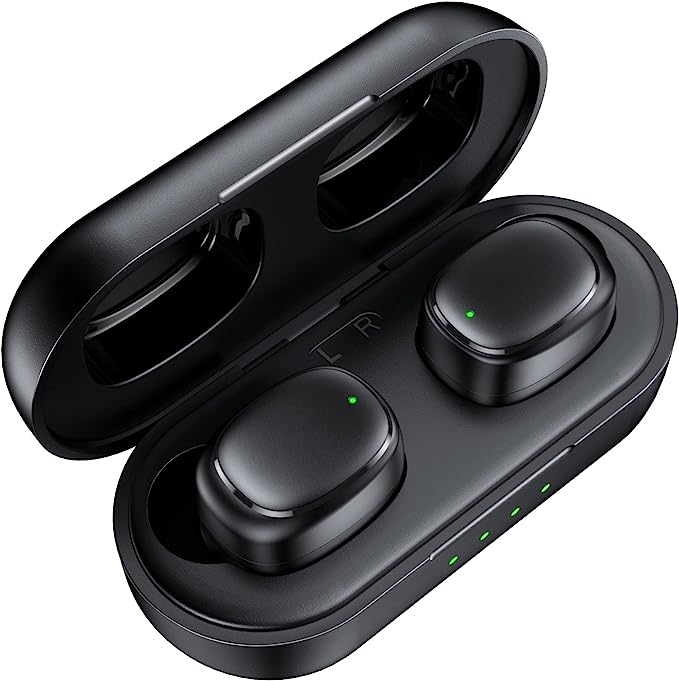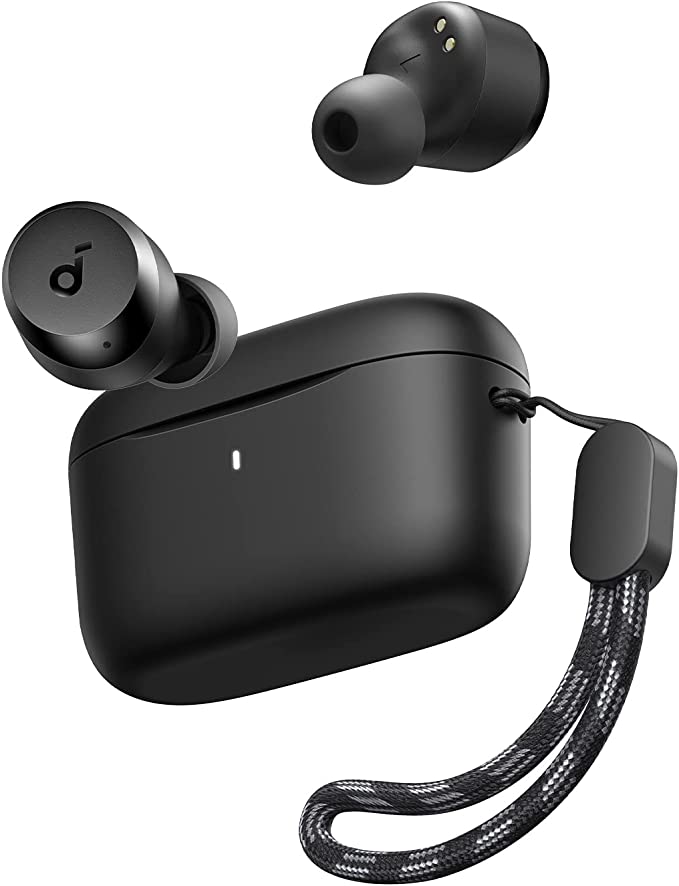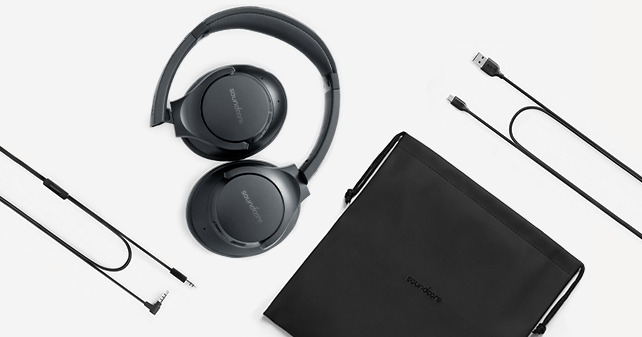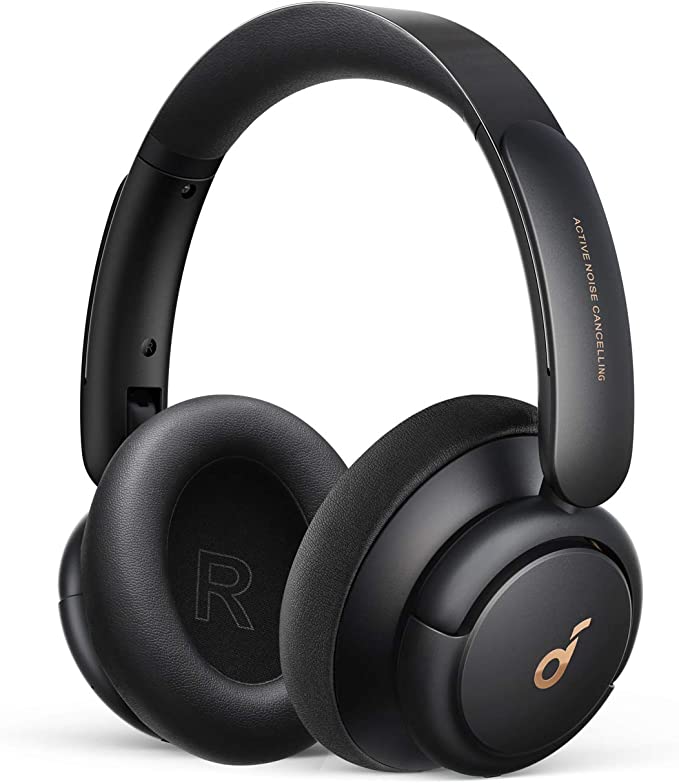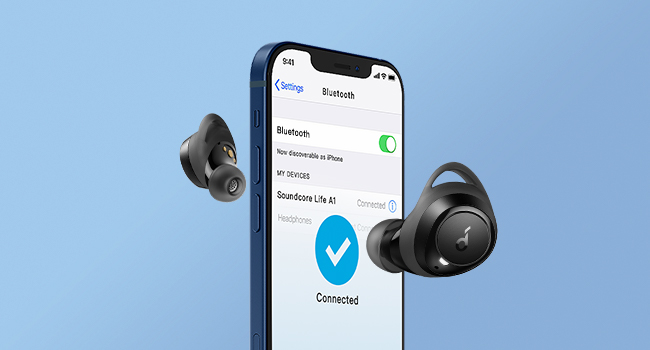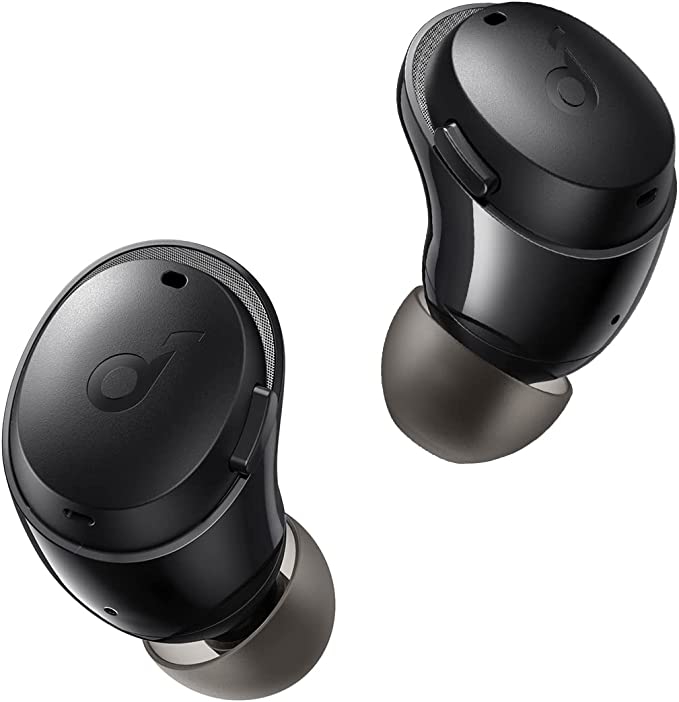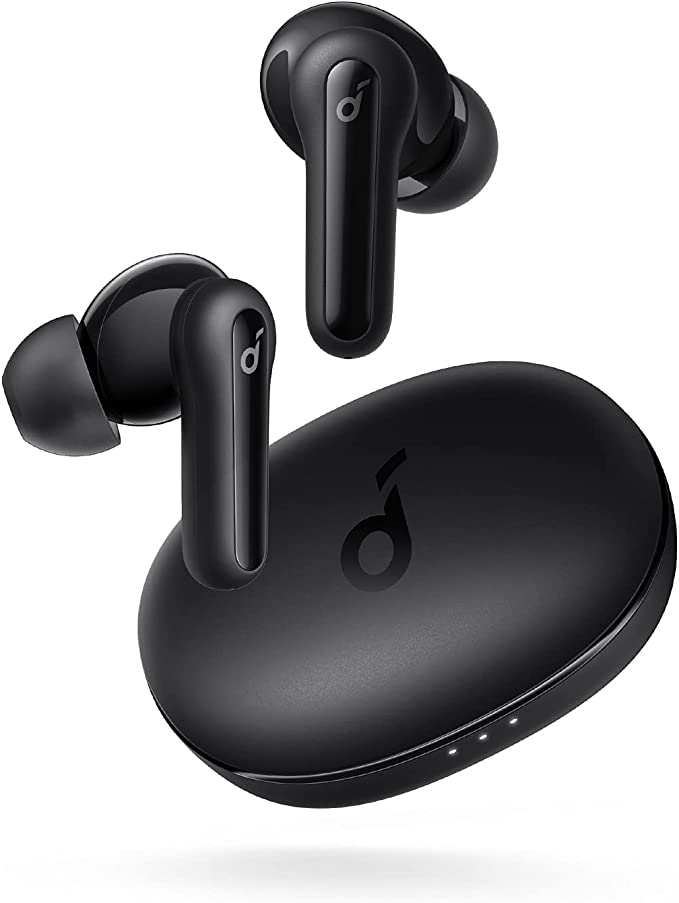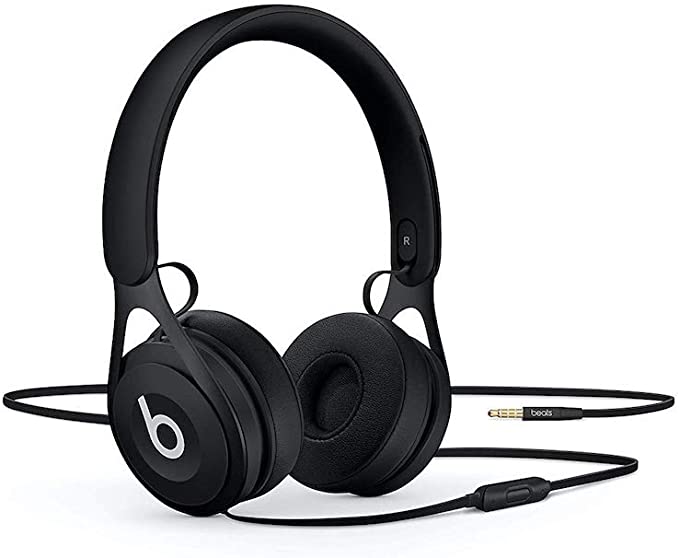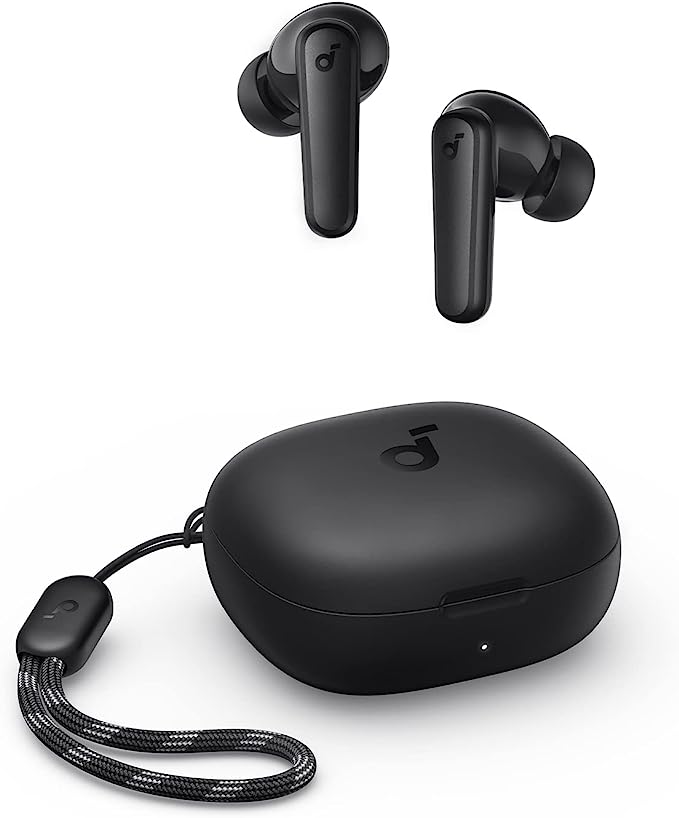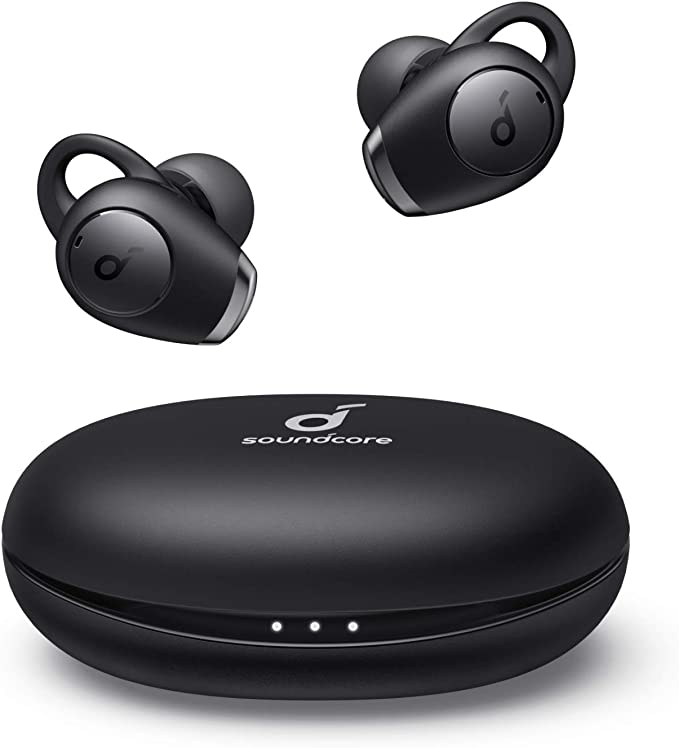OneLito T13S-1 Wireless Earbuds: Long Battery Life and Great Sound
Update on July 4, 2025, 5:34 p.m.
Remember the ghost of wires past? It haunted our pockets, emerging as a tangled, Gordian knot of frustration. It lurked on the treadmill, waiting to snag on a passing arm and violently yank an earbud from your ear. It was the physical tether in an increasingly wireless world, a constant reminder that our personal audio experience was still bound by a delicate, pesky cord. The journey from that daily annoyance to the seamless freedom we now often take for granted wasn’t magic; it was a quiet revolution fought on the battlegrounds of engineering labs and standards committees. And by looking closely at a device like the OneLito T13S-1 Wireless Earbuds, we can uncover the brilliant science that finally exorcised that ghost.

The Viking’s Invisible Handshake
Our first taste of freedom came from a technology named after a 10th-century Viking king. Harald “Bluetooth” Gormsson was famed for uniting the disparate tribes of Denmark into a single kingdom. A millennium later, in the 1990s, engineers at Ericsson sought to do the same for electronics, creating a single, universal standard to connect devices wirelessly. They named it Bluetooth, a fitting tribute to a historic unifier.
When a product like the OneLito T13S-1 lists Bluetooth 5.0 on its specs, it’s not just a version number; it’s a direct descendant of that unifying vision. Think of it as perfecting a digital handshake. Early Bluetooth was like a clumsy, hesitant greeting—it took a moment to connect and could easily be broken. Bluetooth 5.0, however, is a firm, confident, and efficient handshake. Governed by the global Bluetooth Special Interest Group (SIG), this standard ensures that the connection between your phone and earbuds is established faster and remains more stable over a greater distance.
Crucially, it’s also a master of energy conservation. It sips power where older versions would gulp it, which is vital for tiny devices with equally tiny batteries. This efficiency is why pairing is no longer a frustrating ritual, but a simple, intuitive action. It’s the science behind user J. Warren’s observation that “They seem easy to pair and felt easy to wear.” It’s the invisible, reliable pact between your devices, forged by a king’s legacy.
Engineering for Life’s Messy Soundtrack
Once the wire was gone, a new question arose: How free were we, really? Could our personal soundtrack follow us not just down the street, but into the gym, onto the running trail, or through an unexpected downpour? This is where a different kind of engineering language comes into play: the IPX4 rating.
This code, defined by the International Electrotechnical Commission (IEC) standard 60529, is a universal measure of a device’s resilience. It’s less like a feature and more like a piece of armor. Let’s decode it:
- IP stands for Ingress Protection.
- The X means the device hasn’t been specifically tested against solid particles like fine dust.
- The 4 is the key. It certifies that the earbuds are protected against water splashing from any direction.
Imagine IPX4 as a high-tech raincoat. It’s meticulously designed to deflect the onslaught of a sweaty workout or a light drizzle, ensuring the sensitive electronics within remain safe and dry. This is precisely what empowers a user like Stacy Rect, who confirmed in her review, “I’ve used them for both running and working out, and they’ve stayed in place perfectly.” Her confidence isn’t just wishful thinking; it’s backed by a global engineering standard. This rating, however, also defines limitations. A raincoat will save you from a storm, but it’s not scuba gear. An IPX4 rating means your earbuds are built for life’s adventures, not for a swim in the deep end.
The Pocket-Sized Power Plant
The final frontier of wireless freedom is a battle against time itself: battery life. What good is an invisible connection if it vanishes after an hour? The OneLito T13S-1’s specifications—a 4-hour active playtime and a 300-hour standby time—reveal the elegant, two-pronged strategy of modern power management, all made possible by the marvel of the lithium-ion battery.
The 4-hour window is the “sprint”—the earbuds are actively powering their internal amplifiers, processing the Bluetooth signal, and vibrating their drivers to create sound. This is an energy-intensive task. The charging case, however, enables the “marathon.” It’s not just a plastic box; it’s a miniature, intelligent power plant. When you place the earbuds inside, they enter a state of near-hibernation, and the case, acting as a portable battery bank, methodically tops up their charge. The 300-hour standby time is a measure of this combined endurance, ensuring that for days or even weeks of casual use, your audio companions are always ready to deploy.
Features like the built-in LCD display and the universal USB-C charging port are the finishing touches on this system. They grant us control and convenience, removing the guesswork from power management and aligning with the modern standard for charging everything from our laptops to our phones. It’s the thoughtful engineering that transforms a device from functional to truly user-friendly.
Ultimately, the journey to untethered audio is a story of liberation. It’s about conquering the physical nuisance of wires, the environmental challenge of the elements, and the chronological anxiety of a dying battery. The technologies embedded in these tiny earpieces—a Viking’s handshake, a microscopic raincoat, and a pocket-sized power plant—are not just features on a list. They are the invisible tools of a quiet revolution, working in concert to deliver one simple, profound promise: your life, with your soundtrack, completely unbound.
